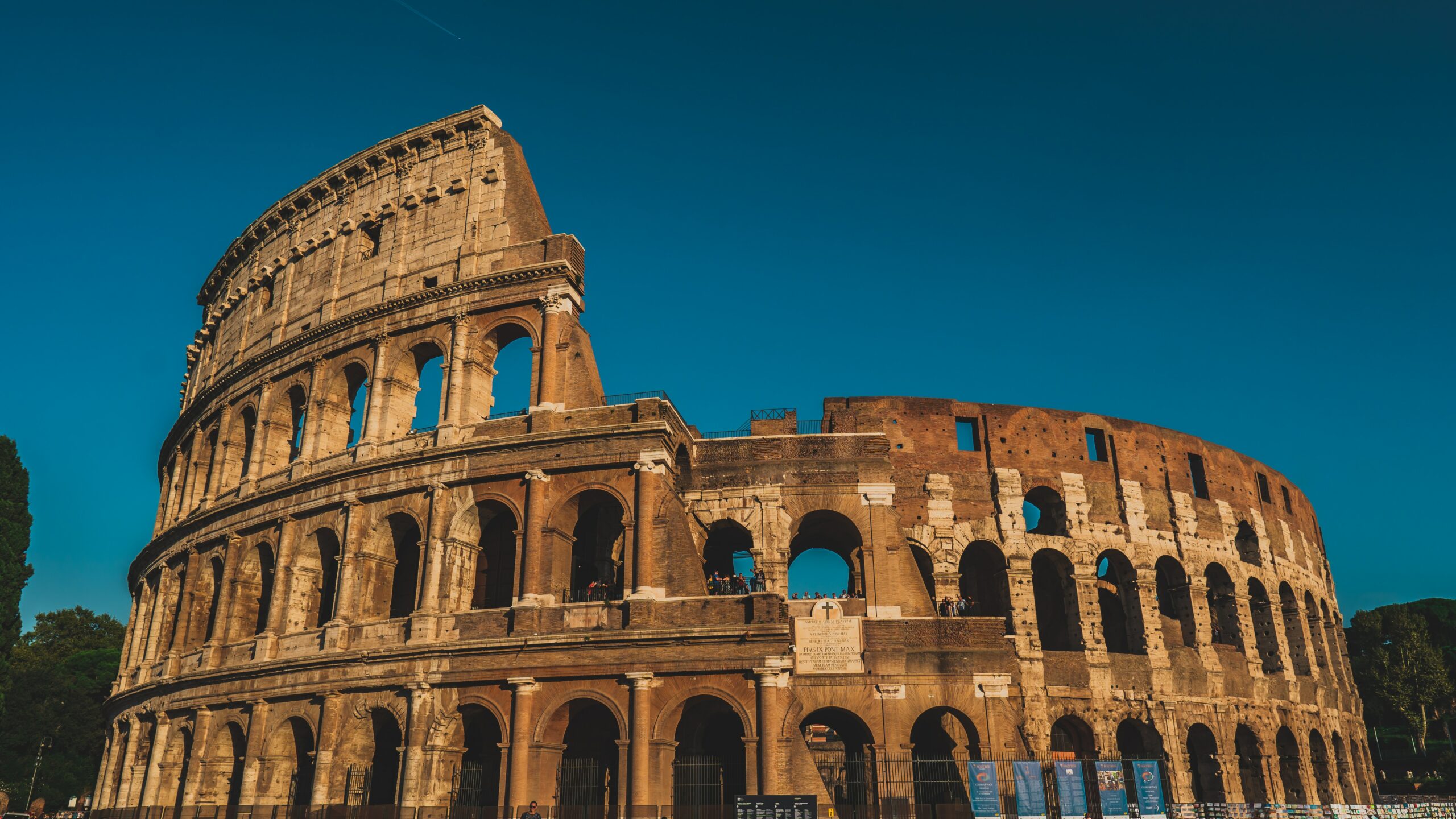190 billion: funds, loans, letters from the EU, and political controversies. For the past two years, the acronym PNRR, National Recovery and Resilience Plan, has been featured prominently in all the headlines, with mutual accusations of delays and mismanagement of projects.
Of the nearly 200 billion allocated by the European Union to Italy, 10 billion are designated solely for the municipality of Rome. The 2026 deadline looms over the city, which is busy organizing the 2025 Jubilee. The Zeta editorial team decided to delve into the topic, not through a simple exercise or a couple of meetings and phone calls, but with a full-fledged journalistic investigation, conducted at the end of the second biennium under the coordination of Carlo Bonini, deputy director of LaRepubblica and co-author of the novel Suburra.
The editorial team divided the capital into zones, assigning each group one or more municipalities to verify the implementation status of the projects linked to the PNRR. The projects that captured Zeta’s attention include the Pinqua of Tor Bella Monaca, the Viadotto dei Presidenti, the Teatro India, and the Cinecittà studios. In the latter case, the issues raised by the students recently resulted in a postponement by the government of the projects that were supposed to be funded with the fourth tranche of the PNRR.
With a mix of data collection and fieldwork, the interns interviewed municipal presidents, citizens, and officials such as Raffaele Barbato, director of the PNRR department and strategic planning for Rome Capital. The main cause of the delays highlighted by the investigation is the lack of communication between the Campidoglio, which seeks to centralize all functions, and the municipalities that complain of being given little consideration by the mayor.
As part of the investigation, the Master’s students also had the opportunity to interview Rome’s mayor, Roberto Gualtieri, who explained how he is working to implement the projects and manage the funds. The mayor’s goal is “an innovative, green, and sustainable city that grows and creates development, combats inequalities, and bridges physical and social distances, strengthened by the participation of all citizens. All within the organic framework of the ’15-Minute City,’ focused on proximity and the care of education.”
“Rome is Stagnant” ultimately became a multimedia product created with Shorthands software, combining writing, data visualization, and video interviews in the style of New York Times investigations.
Read the complete investigation on Zeta.


